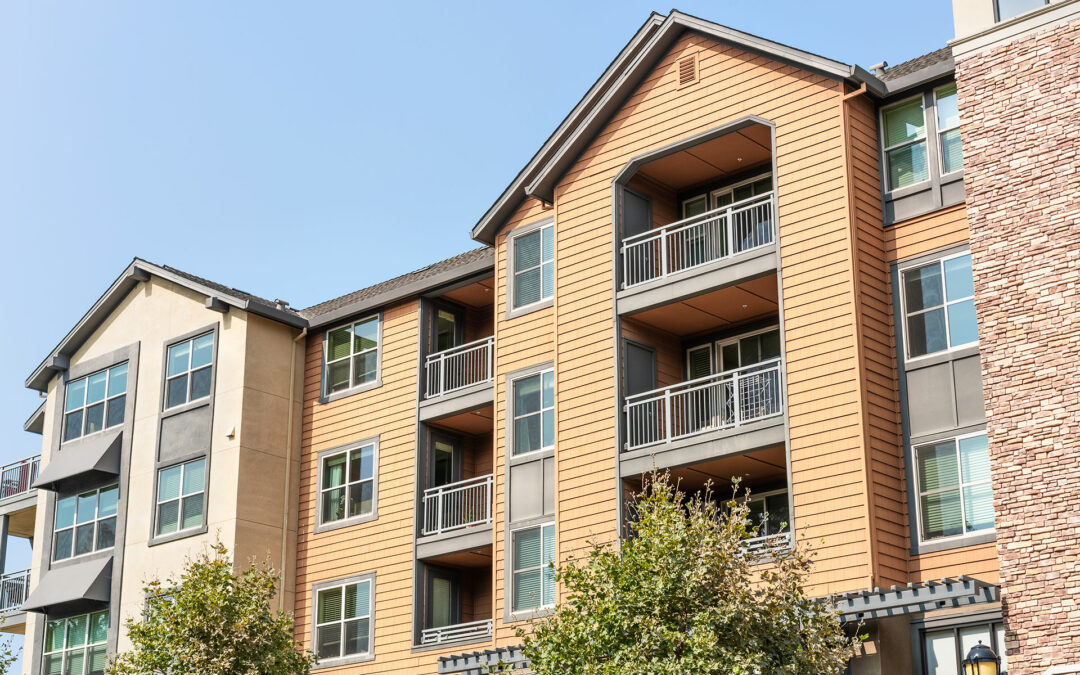The cost of housing has reached unprecedented levels, and affordable housing decision-makers face a daunting challenge in effectively managing their budgets. According to Joint Center for Housing Studies of Harvard University, housing costs are at an all-time high, and with COVID relief funds depleted, affordable housing leaders are actively seeking innovative ways to reduce costs without compromising the resident experience.
As stewards of Affordable Housing know, the fixed income operating model is not to be trifled with. There is no “volume knob” for turning up rent-rates to justify capital improvements or to recuperate from an unexpected expenditure. The most reliable tool for achieving this outcome is operating cost reduction.
One powerful lever our customers are turning to for reliable results is water sensor technology. Why? Utilities are 14% of the budget (per NAA/IREM 2021 Income/Expense 1Q).
Proactive Leak Detection: A Shield Against Water Damage
The National Multifamily Housing Coalition puts it plainly. Water damage from leaks is the #1 cause of loss. Affordable housing communities often grapple with the aftermath of water damage, impacting multiple floors and straining maintenance budgets. Connected sensors can detect leaks before they escalate into costly disasters. By preventing water damage, these solutions preserve your maintenance budget, enabling you to allocate resources more efficiently and address critical needs within your community.
Avoiding Higher Insurance Premiums: A Strategic Move
Insurance costs are a significant concern for affordable housing providers. Water sensor technology not only safeguards against water damage but also positions your community strategically to avoid higher insurance premiums. By demonstrating a commitment to risk mitigation through proactive leak detection, you create a safer environment and build a case for more favorable insurance terms.
Toilet Sensors: Unveil and Address Water Waste
Thanks to the Water Research Foundation, we have a definitive breakdown of water use by fixture.
Toilets win with 24% of consumption. Other reputable sources put the number, even higher, at 30%. Either way, it’s #1. The EPA agrees.

5-20% of apartment toilets are leaking, wasting up to 5,000 gallons per day, posing a significant threat to both the environment and your budget. Enter toilet sensors – an essential component of water IoT solutions. These sensors detect wasteful toilets in real-time, allowing for immediate intervention. With real-time monitoring, alerts, and reporting, you gain insights into water consumption patterns, empowering you to make informed decisions to optimize water usage.
What’s Good for Budget is Good for the Planet
Beyond cost savings, water sensor technology aligns with broader environmental and sustainability goals. As affordable housing communities strive to make a positive impact on the environment and fulfill ESG commitments, embracing water-saving solutions becomes a meaningful step. By reducing water consumption, you contribute to a more sustainable future while fulfilling your social responsibility.
Real Savings Stories: Communities Leading the Way
Communities like TNDC, HACLA, Standard Communities, Maloney Affordable, and Abode Housing Development are already realizing the benefits of proactive detection. Their experiences underscore the tangible savings and operational improvements achievable through water sensor technology.
Typical payback periods for toilet leak detection is within 12-20 months, depending on the cost of water. For leaks, the solution can pay for itself with the costs associated with a single undetected leak.
You know your properties, we know water. We’d like to put our water expertise to work to address your water-related risks, preserve your budget, and help you meet your sustainability targets.

